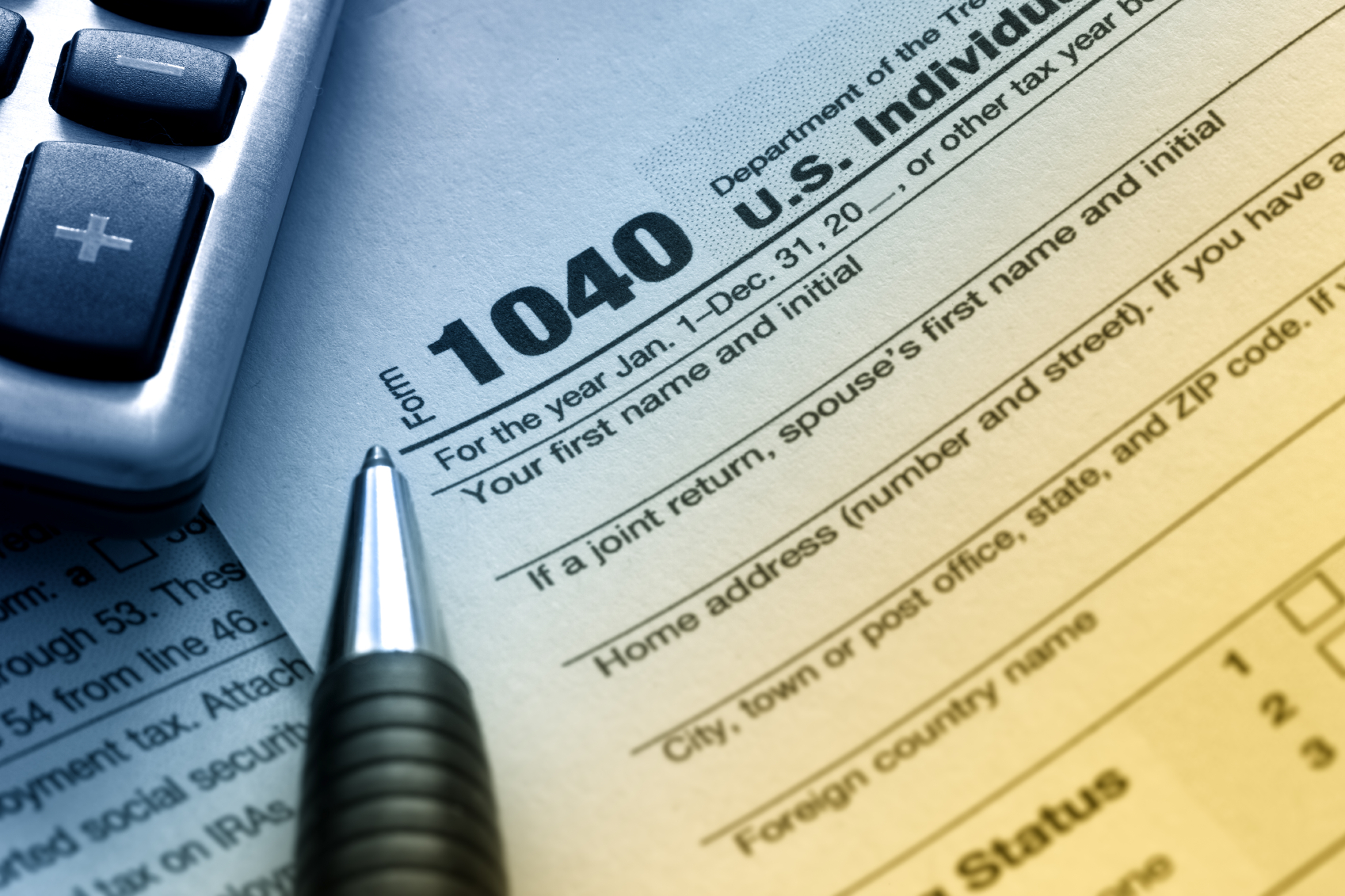
There are just a few more trading days left in 2016 for investors to sell losing stocks and ETFs in order to harvest tax losses with which to offset investment gains elsewhere or ordinary income for the year. Given the post-election rally and string of new highs, investors probably have fewer losing stocks to sell—admittedly a nice problem to have.
But there were still plenty of losers this year. Anyone who invested in funds tracking alternative energy such as the Guggenheim Solar Energy ETF (TAN) or biotechs like the iShares NASDAQ Biotechnology ETF (IBB) are likely sitting on double-digit losses year-to-date.
Do nothing and forego tax losses, or sell and risk missing out on any gains and dividends?
However, investors who still believe in their investments and would like to hang on to them face a dilemma: do nothing and forego harvesting any tax losses, or sell but risk missing out on any gains or dividends for the next 30 days, in order to avoid running afoul of the wash sale rule.
The wash sale rule prohibits investors from claiming a tax loss on a security if the investor buys a “substantially identical” security within 30 days of the original sale. So how can investors realize losses for tax purposes and maintain exposure to the market without violating wash sale rules?
There are two tools on ETF Research Center that can help. They both work by locating similar—though not identical—investments that may produce comparable returns to the investment being sold. The first tool is for those selling a losing ETF; the second is for those selling a losing stock.
Tool #1: Overlap Tool and Comps tab
For every plain-vanilla equity fund covered on ETF Research Center, the ‘Comps’ tab show a list of 20 potential alternative funds based on overlap in the funds’ underlying holdings. For example, to investigate alternatives to the Guggenheim Solar Energy ETF, type its ticker symbol (TAN) into the ETF Toolbox towards the upper right of the page on ETF Research Center, which will bring up a detailed page for TAN.
Find and analyze alternative funds based on the overlap in funds’ underlying holdings
The ‘Comps’ tab shows that the VanEck Vectors Solar Energy ETF (KWT) as the closest alternative, with about 56% overlap in underlying holdings. IRS guidance doesn’t spell a hard-and-fast rule as to what constitutes “substantially identical,” but two funds that are 44% distinct provide a good defense against any claims to the contrary. And, the ‘Comps’ tab also shows that KWT’s expense ratio is 5 basis points lower to boot!
To see how any fund from the ‘Comps’ tab has performed relative to the fund you’re investigating, click over to the ‘Performance’ tab and enter the alternative fund’s ticker symbol in the “Compare to” text box above the historical performance chart. You can also set a specific date range or leave the settings as-is for all available history. Hit ‘REDRAW’ to redo the chart with your inputs. For our two funds TAN and KWT, the scatter plot shows that the two have been highly correlated, with an “r-squared” of 96%, making one a good substitute for the other.
Finally, an investor who want to compare any two ETFs—not necessarily those contained on the list of top 20 ‘Comps’—can use the Overlap Tool. This will give you a more detailed analysis of the overlapping positions between any two funds, including the percentage of shared constituents (regardless of weight) and the Top 10 overlapping holdings, so you can see where the overlap is coming from.
Tool #2: Hedge Finder
Although this tool was developed with the intention of helping investors to locate and hedge single-stock risk, it can also provide ideas on the best ETFs to use as alternatives to single stocks when selling stocks for tax-loss reasons. By entering any stock’s ticker symbol (use Bloomberg country codes for foreign stocks), the Hedge Finder will show you a list of all ETFs holding shares of that stock, and it’s weighting in each fund.
For example, Gilead Sciences Inc (GILD) is one of many biotech shares to suffer this year, down about 25% year-to-date. The Hedge Finder shows that although the iShares NASDAQ Biotechnology ETF (IBB, mentioned above) is, not surprisingly, a large holder with about 8.1% of the fund allocated to Gilead, the lesser-known VanEck Vectors Biotech ETF (BBH) has even more exposure, at 11.5% of the portfolio.
All else being equal, any rebound in shares of GILD will therefore have a bigger impact on BBH than on IBB. And for what it’s worth, BBH has a higher ALTAR Score™—our rating of an ETF’s overall investment merit—which means we think that over the long term it has better appreciation potential than IBB, based on our analysis of fundamentals and valuations of each fund’s underlying constituents.
By selling GILD and trading into BBH, investors will be able to capture any losses on GILD for tax purposes will still maintaining significant exposure to GILD. Plus, they’ll get the diversification benefit of an ETF, thereby hedging the risk that comes with owning single stocks.



